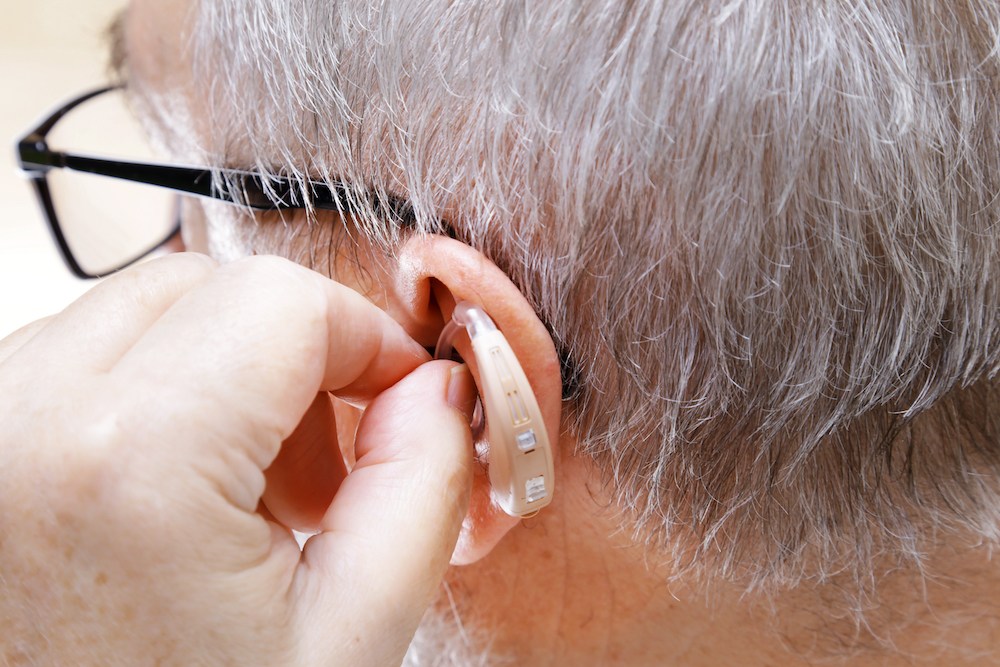Adjusting Your Hearing Aids for Springtime Outdoor Activities
Spring has sprung, and the delight of outdoor activities you may have


Spring has sprung, and the delight of outdoor activities you may have

Are you aware of the psychological effects of untreated hearing issues?